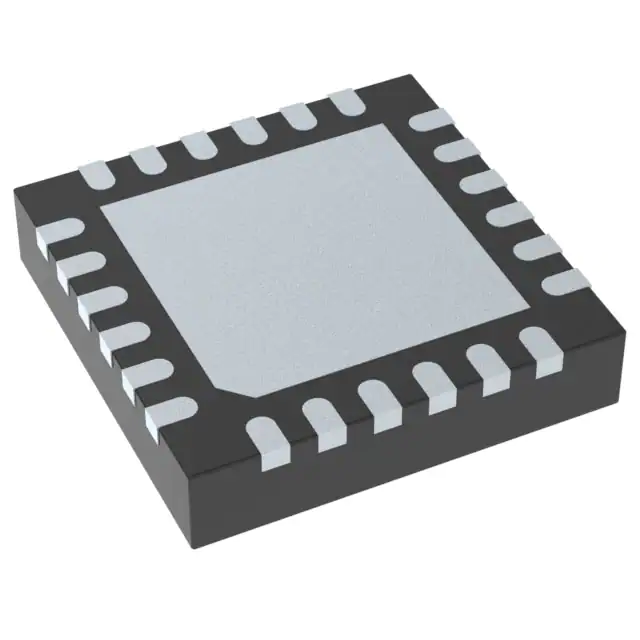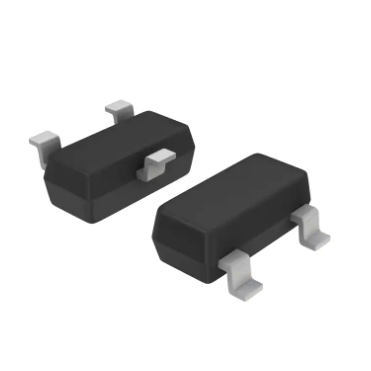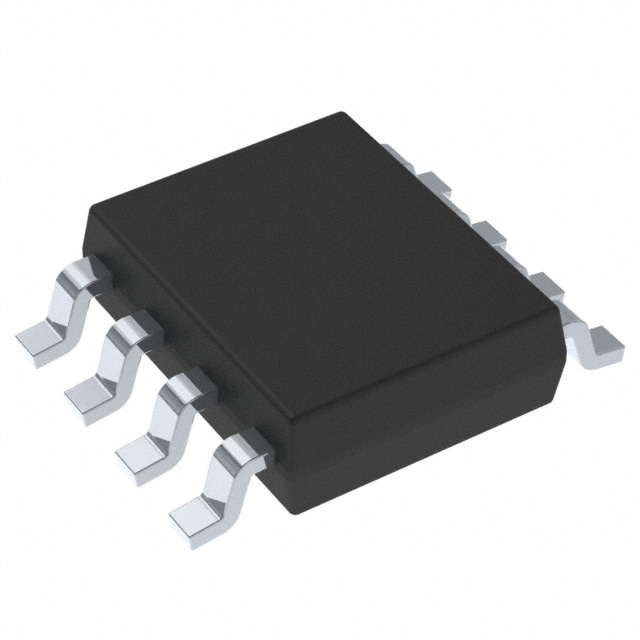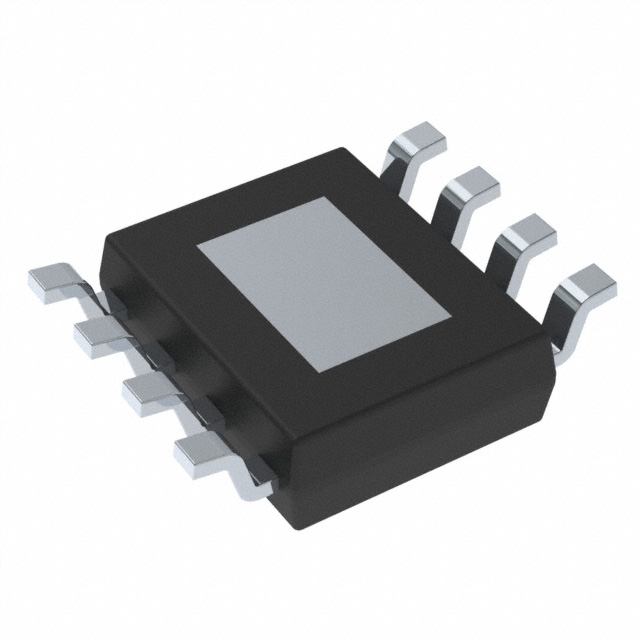In Stock hot sell BQ25896RTWR Battery Charger Original IC Chip Circuits Electronics Components
Product Attributes
|
TYPE |
DESCRIPTION |
|
Category |
Integrated Circuits (ICs) PMIC - Battery Chargers |
|
Mfr |
Texas Instruments |
|
Series |
MaxCharge™ |
|
Package |
Tape & Reel (TR) Cut Tape (CT) Digi-Reel® |
|
SPQ |
250 | T&R |
|
Product Status |
Active |
|
Battery Chemistry |
Lithium Ion/Polymer |
|
Number of Cells |
1 |
|
Current - Charging |
- |
|
Programmable Features |
- |
|
Fault Protection |
Over Current, Over Temperature |
|
Charge Current - Max |
3A |
|
Battery Pack Voltage |
- |
|
Voltage - Supply (Max) |
14V |
|
Interface |
I²C |
|
Operating Temperature |
-40°C ~ 85°C (TA) |
|
Mounting Type |
Surface Mount |
|
Package / Case |
24-WFQFN Exposed Pad |
|
Supplier Device Package |
24-WQFN (4x4) |
|
Base Product Number |
BQ25896 |
|
Category |
Integrated Circuits (ICs) PMIC - Battery Chargers |
Product Introduction
A battery charger chip is a chip that can charge and control a wide range of batteries, from a single lithium battery, a single lithium iron phosphate battery, or two to four NiMH batteries.
Performance Indicators
The main requirements of modern chargers are short charging times and safety (no damage to the battery and shortened battery life). This requires a charger with an integrated circuit capable of driving high currents and with a strong detection capability and a perfect charging process. Generally, fast chargers have a charging time of less than one hour and therefore require a high charging current.
About Products
The BQ25896 is a highly-integrated 3-A switch-mode battery charge management and system power path management device for single cell Li-Ion and Li-polymer battery. The devices support high input voltage fast charging. The low impedance power path optimizes switch-mode operation efficiency, reduces battery charging time and extends battery life during discharging phase. The I2C Serial interface with charging and system settings makes the device a truly flexible solution.
The device supports a wide range of input sources and takes the result from detection circuit in the system, such as USB PHY device. The input current and voltage regulation selection is compactible with USB 2.0 and USB 3.0 power spec. In addition, the Input Current Optimizer (ICO) supports the detection of maximum power point detection of the input source without overload. The device also meets USB On-the-Go (OTG) operation power rating specification by supplying 5 V (Adjustable 4.5V-5.5V) on VBUS with current limit up to 2 A.
The power path management regulates the system slightly above battery voltage but does not drop below 3.5V minimum system voltage (programmable). With this feature, the system maintains operation even when the battery is completely depleted or removed. When the input current limit or voltage limit is reached, the power path management automatically reduces the charge current to zero. As the system load continues to increase, the power path discharges the battery until the system power requirement is met.
This Supplemental Mode operation prevents overloading the input source.
The device also provides a 7-bit analog-to-digital converter (ADC) for monitoring charge current and input/battery/system (VBUS, BAT, SYS, TS) voltages. The QON pin provides BATFET enable/reset control to exit low power ship mode or full system reset function.
The device family is available in 24-pin, 4 x 4 mm2 x 0.75 mm thin WQFN package.
Future Trends
The future is promising for power management chips. Through the development of new processes, packaging, and circuit design techniques, there will be even better-performing devices. They can improve power density, extend battery life, reduce electromagnetic interference, enhance power and signal integrity and improve system security, helping engineers around the world to achieve innovation.












